This Netherlands Travel Guide aims to provide you with simple and stress-free travel planning information and inspiration for planning a trip to The Netherlands.
On this regularly updated page you will find links to useful posts on The Trusted Traveller, budget information, details on types of accommodation available, information on getting around the country and more useful links to resources around the web.
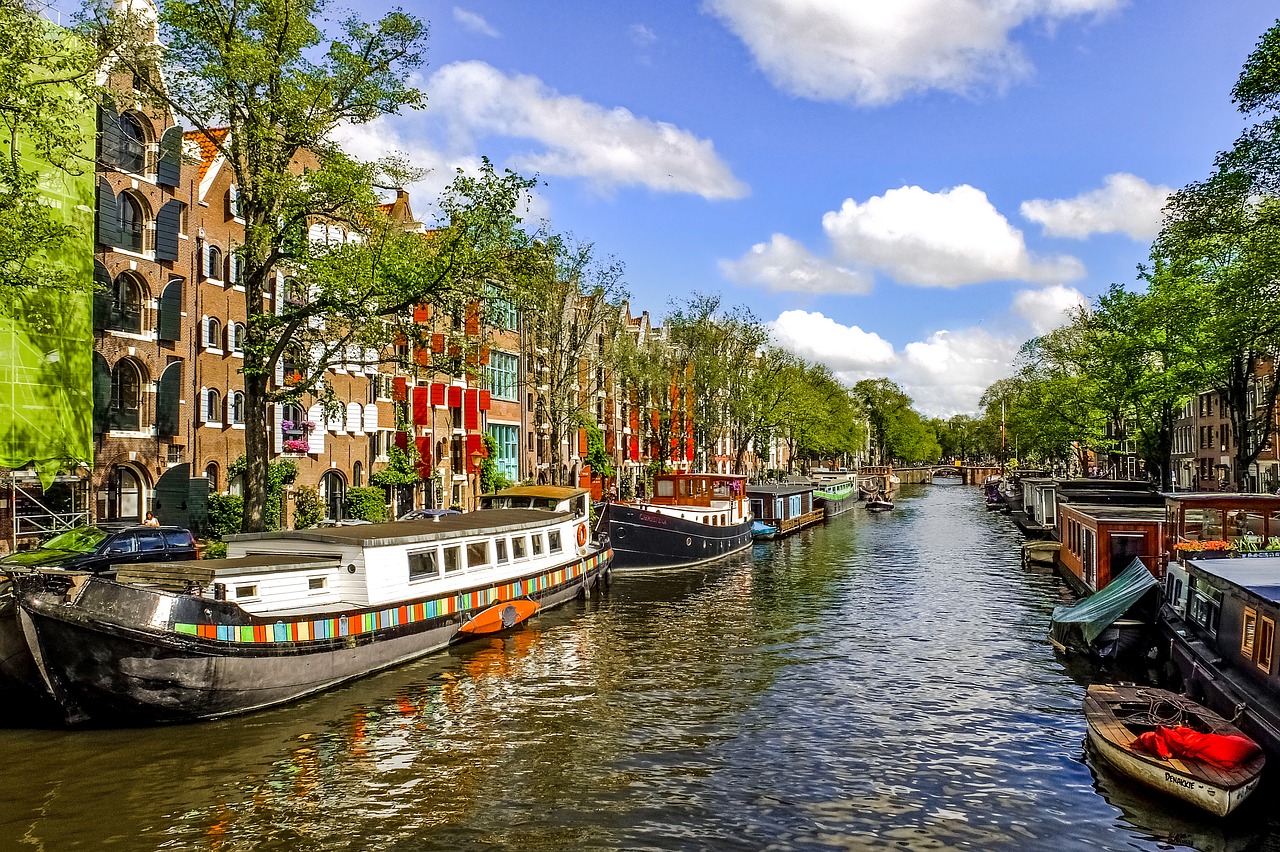
Quick Facts
Capital: Amsterdam
Language: Dutch
Currency: € Euro which is made up of 100 cents. Coins come in 1c, 2c, 5c, 10c, 20c, 50c, €1 and €2 denominations and notes in €5, €10, €20, €50, €100, €200 and €500 denominations.
Electricity: 230 volts AC, 50Hz. Plugs with two round pins are standard. Outlets for 110 volts for small appliances can be found in most hotels.
Travel Tips
Geography
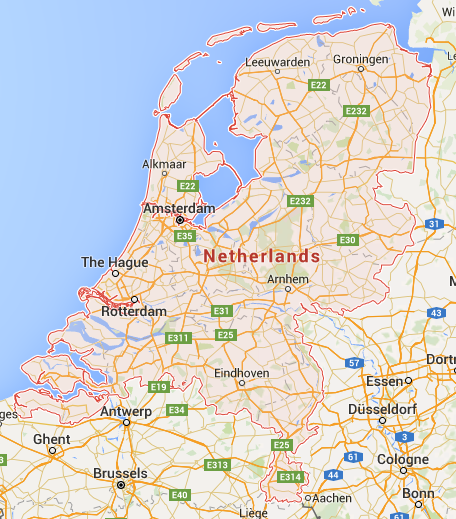
The Netherlands is a small country in Western Europe bordered by Belgium to the south, Germany to the east and the North Sea to the north and west.
The country is one of the flattest in the world with one-fifth of the country being below sea level. Water is everywhere in The Netherlands with it being criss-crossed with canals and rivers and quite a big coastline for such a small country.
Weather
The Netherlands has a moderate climate with warm summers and relatively mild winters. Spring and summer bring longer and warmer days with light sometimes until 10:30pm and day time temperatures up to 30°c. Winter can be quite cold with icy winds from the North Pole, snow common in January and temperatures dropping to -5°c some days.
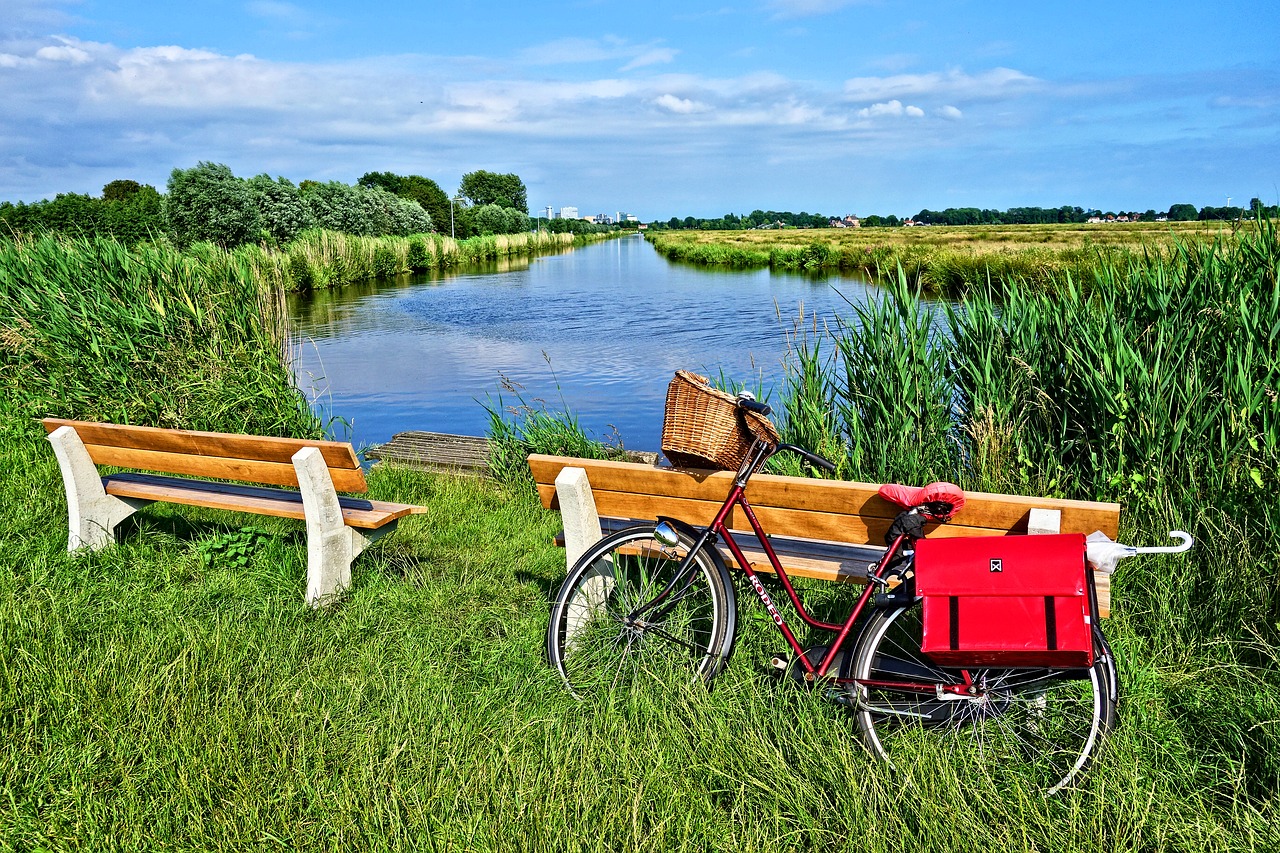
Best Time to Visit
The Netherlands has its charms all year-round and you should plan your visit based on the types of activities you wish to enjoy.
June to September (summer) sees lots of sunshine and longer days giving you more day light hours to explore. It is a popular time to visit the country so expect the top attractions to be busy and cities like Amsterdam to be a little on the crowded side.
From November to March (winter) the weather is much cooler and days can be quite short around January. Late November, into December is a popular time again because of the festive season with Christmas Markets and festivals going on all over the country.
Another popular time of year to visit The Netherlands is in spring when the country’s iconic tulip fields are in full bloom and putting on a world class display.
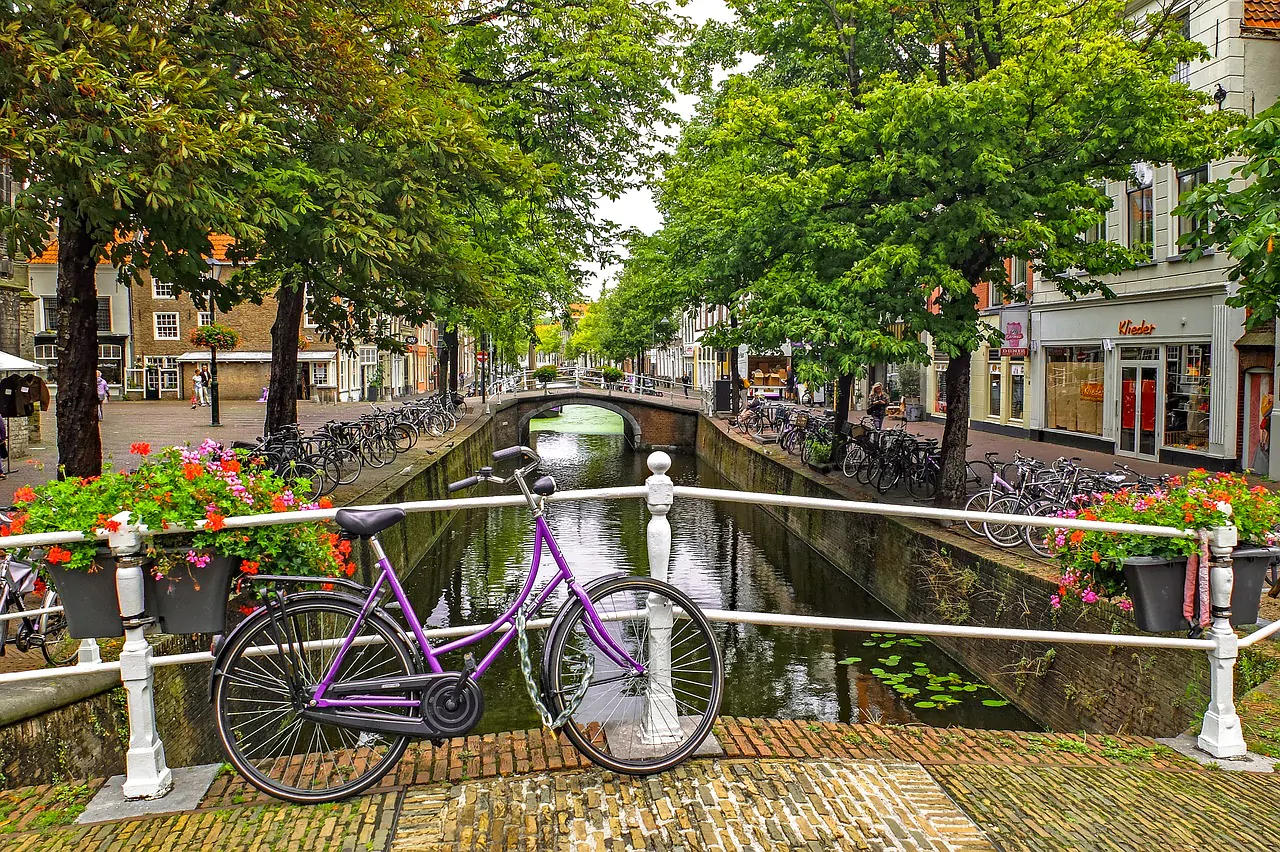
Money
It is always recommend to have a mixture of cash and bank/credit card with you when you travel anywhere in the world and this is no exception in The Netherlands.
In The Netherlands you’ll find cashpoints (ATM’s) in all major towns and cities across the country. As well, credit cards are widely accepted although some establishments such as small hotels and shops may only accept cash.
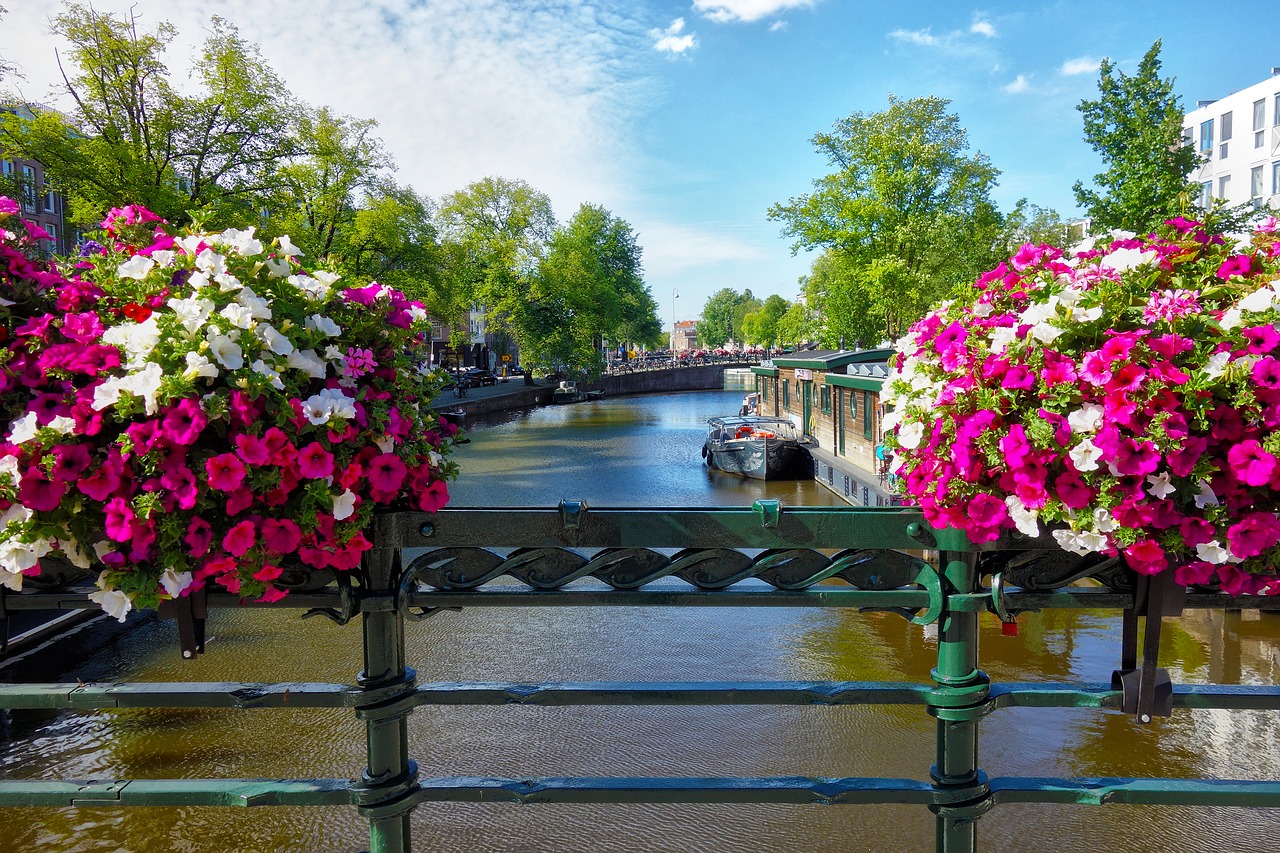
Getting There
Getting to The Netherlands from surrounding European countries is simple, quick and cheap by bus or train. You can find out more about rail travel in Europe, including timetables and purchasing tickets, on the Rail Europe website (for residents of North America click here or for the rest of the world click here); and about bus travel on the Eurolines website.
The Netherlands is also well-connected by air with flights arriving in Amsterdam from all across Europe and the UK and parts of the US, Middle East and Asia. A flight from London to Amsterdam will take just over an hour and a flight from New York to Amsterdam about seven hours.
I use and recommend Expedia for researching and booking flights all around the world.
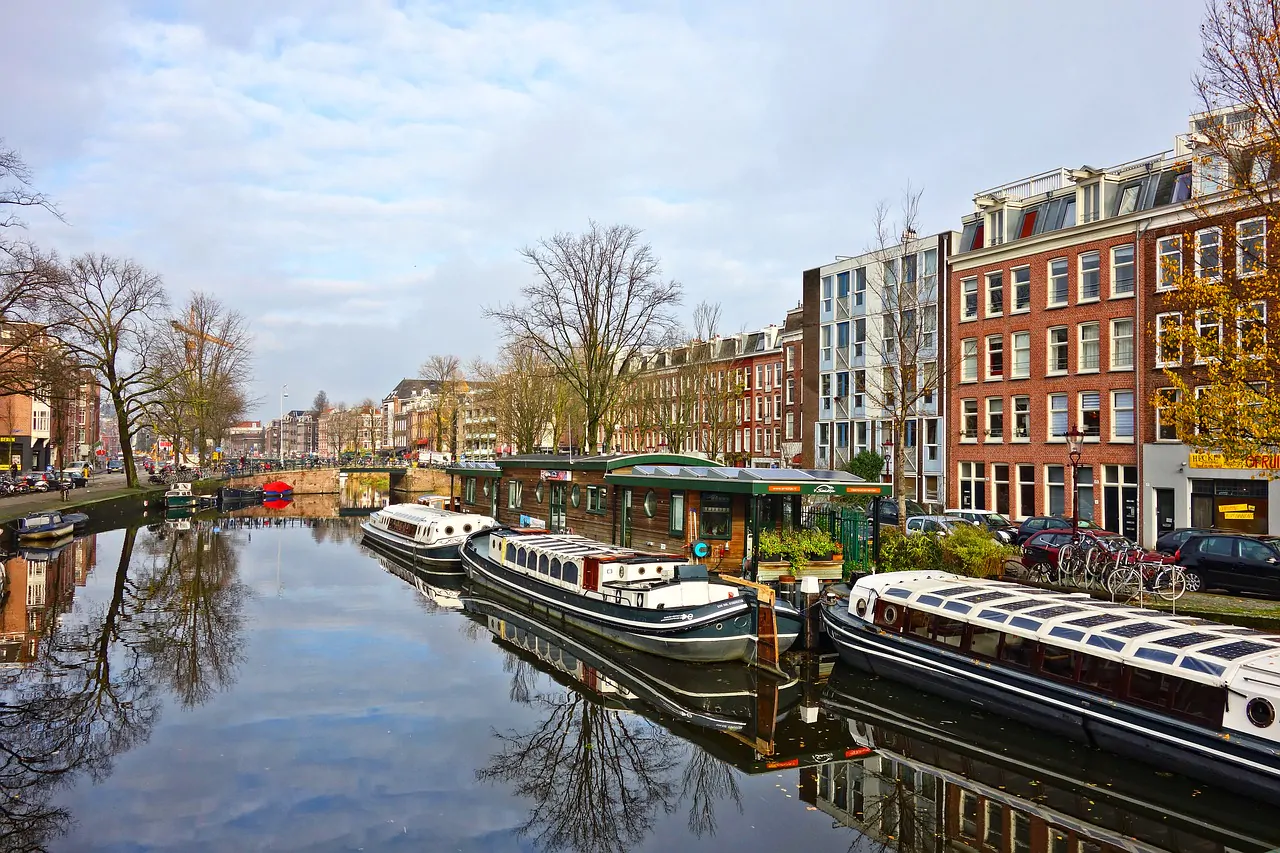
Getting Around
The Netherlands is a relatively small country so getting around it is pretty simple and cheap.
Train
Europe’s excellent network of trains means that getting around The Netherlands and in fact to/from other European countries is the most prompt and cost-effective way to travel. All the major cities are connected to one another and you will find that most regional areas are well-connected to at least one or two of those major cities.
There are two classes on the trains, 1st and 2nd class, with the only real difference being slightly more leg space and room to move about in 1st class.
Most trains you can just show up at the train station and buy your ticket on the day, while a few (mostly high-speed intercity trains) may require a seat reservation to be made in advance. This can be done either at any train station in the country or online through a ticketing agent in your home country. Here are a few that I recommend depending on where you are from:
- Rail Europe for residents in USA, Canada & Mexico.
- Rail Europe for residents in Australia, New Zealand, UK, Europe and other select parts of the world.
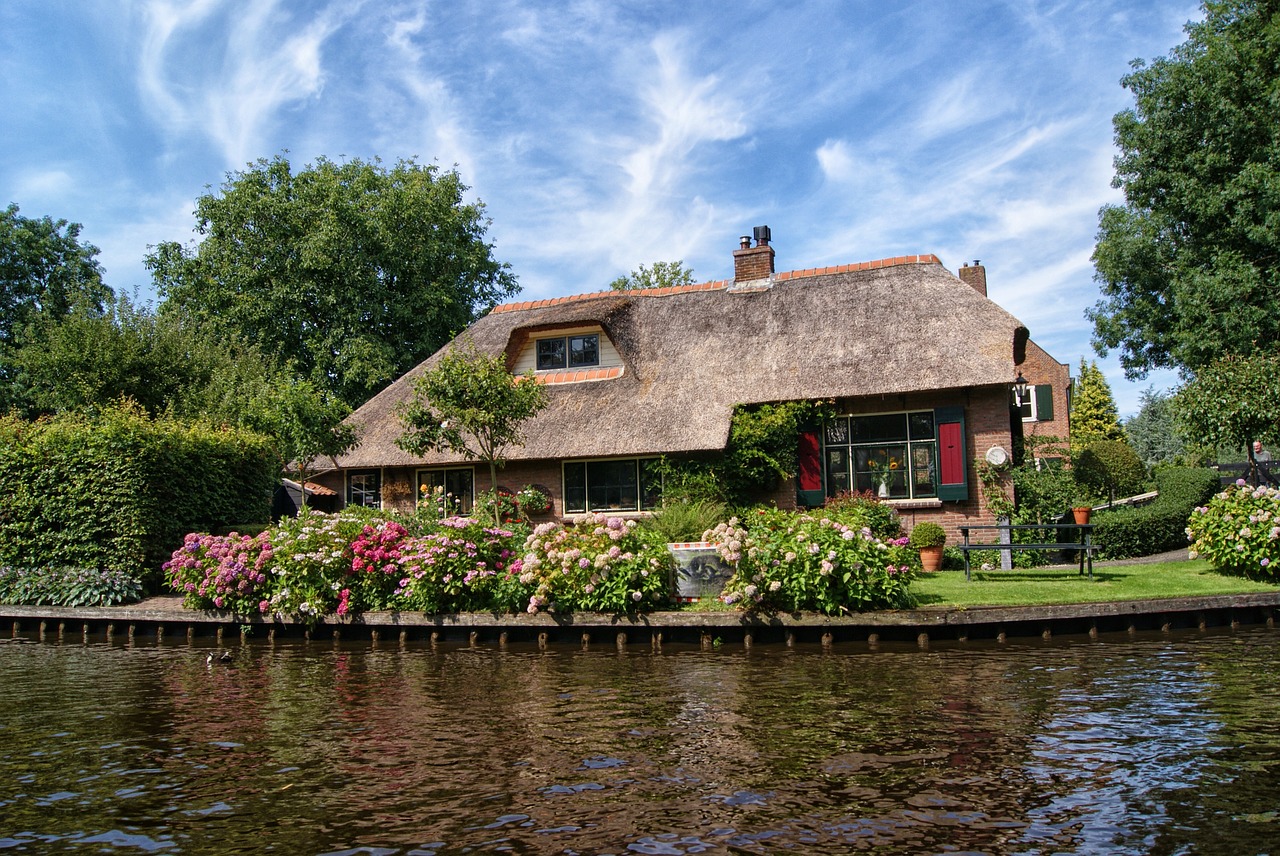
Bus
Eurolines run bus services around the country and they are a cheaper alternative to train travel but will take longer to get from a to b.
Driving
Because The Netherlands is a small country, it is relatively easy to navigate if driving yourself. Highways are excellent and traffic problems almost unheard of except around the bigger cities in peak hour.
With a green card you can bring your own vehicle from a neighbouring EU country and an international drivers permit is not necessary but recommended if you will be in the country for a while.
You’ll be able to collect a hire car from all major airports and cities with most allowing you to pick up in one location and drop off in another, which makes sense if you’re road tripping around the country.
The roads in The Netherlands are well maintained and easy to navigate because they are well signposted. During the winter months remember that weather conditions can change rapidly. Be sure to obey all signs and drive with care in slippery conditions.
I use and recommend Expedia for researching and booking car hire all around the world.
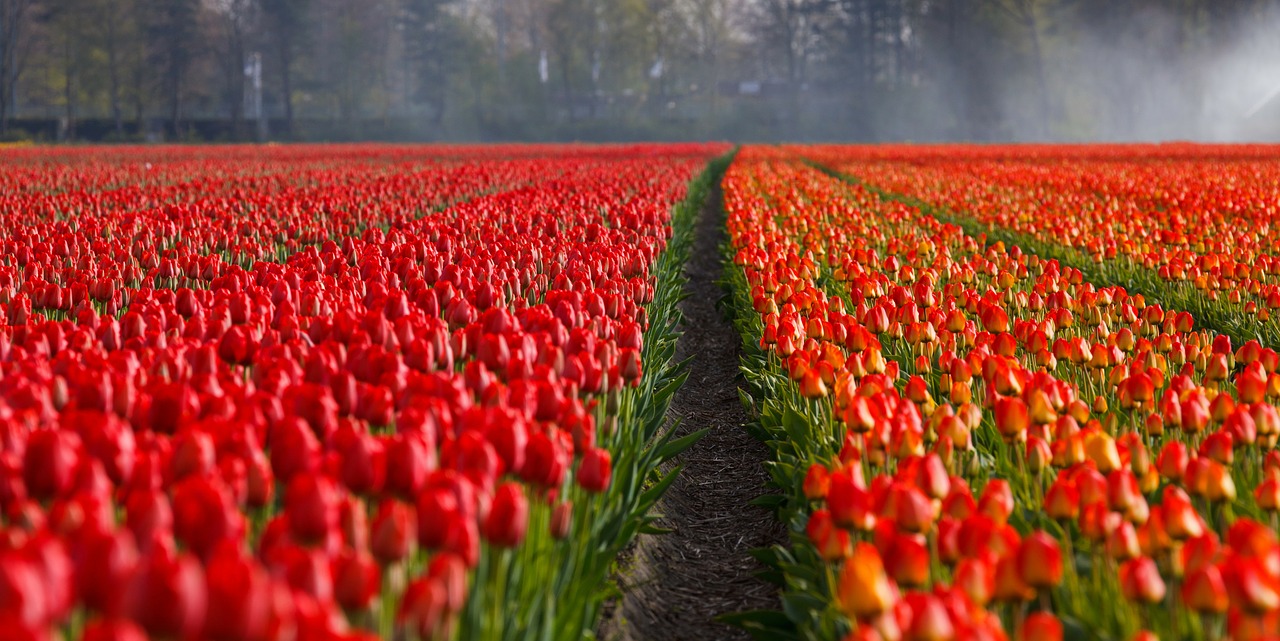
Where to Stay
The Netherlands caters for everyone when it comes to accommodation. Here is a list of the types of accommodation you’ll find:
- Camping – All the main cities have campsites on the outskirts of town, with good transport links into the centre.
- Hostels – You’ll find hostels in abundance in The Netherlands bigger cities and one or two in most other regional areas as well. The level of cleanliness in The Netherlands and similar parts of Europe is well above average so you will likely find your room and shared bathroom to be super clean.
- B&B’s/Pensions – Small family run style accommodation like B&B’s or pensions can be found all over the country in big cities, small towns and popular rural locations. Accommodation is simple yet comfortable and the experience usually comes with friendly hosts and a home cooked breakfast each morning.
Get up to $45.00 AUD credit when you join Airbnb using this link.
- Hotels/Apartments – You will find both chain hotel/apartment brands and independent hotel/apartments to be in abundance in cities across the country. The good thing about this type of accommodation is in most cases you know what you are going to get, a clean, comfortable and modern room with a decent array of facilities in the room and on the property. Apartments are great for longer stays as they allow you a bit more space and the option to self cater.
- Luxury Hotels & Resorts – The Netherlands has its fair share of 5 star properties for those who like a bit of luxury. These will offer you brilliant service and a top location, sometimes with incredible views of the surrounding area.
I use and recommend Booking.com for researching and booking hostel, motel, hotel, apartment and resort accommodation around the world.
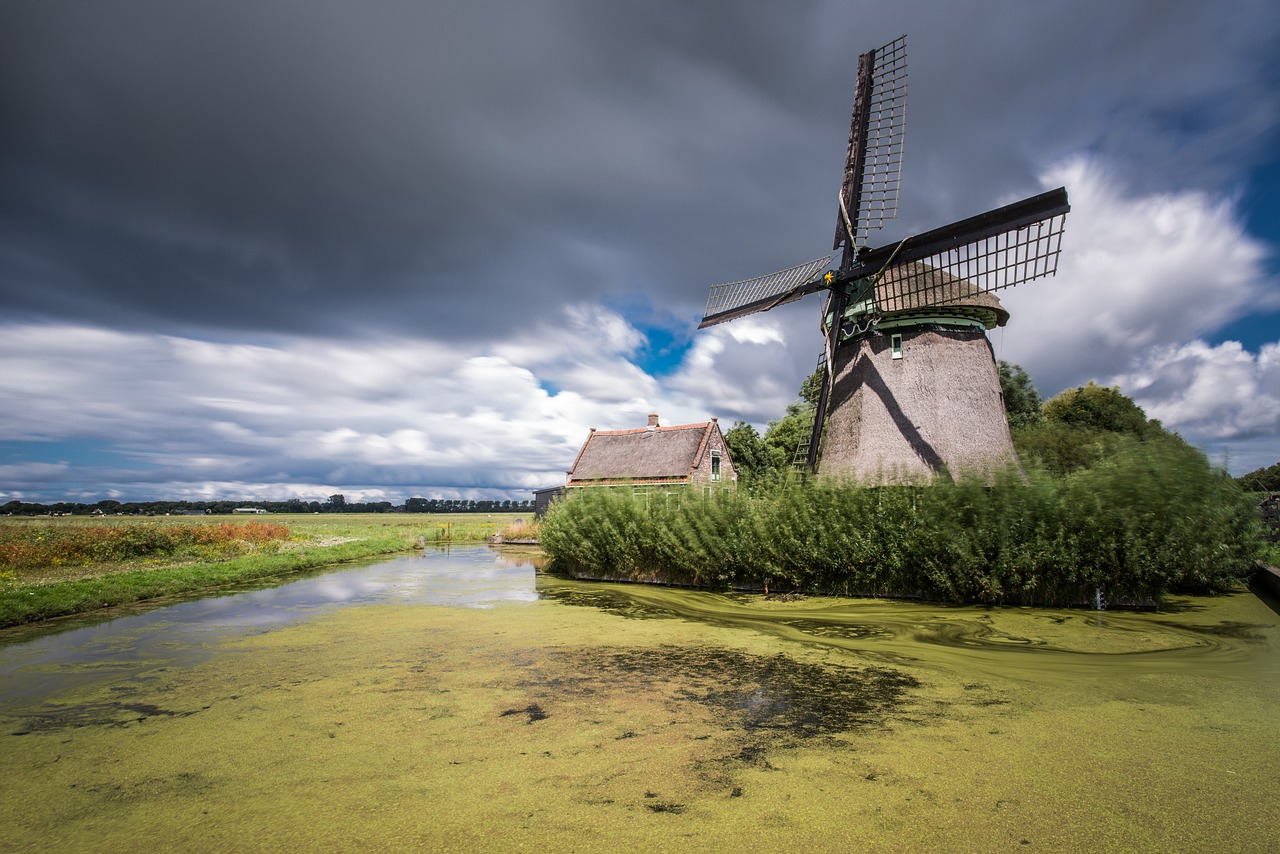
Eating
The Netherlands has a variety of eating options that will suit all budgets and tastes. And because of the country’s international population, you will find a wide range of restaurants and cafes serving local, European and overseas dishes too.
- Supermarkets/Markets – Save money and shop in supermarkets and local markets for snacks, picnic lunches and even ingredients to make a whole meal in your self catering accommodation.
- Fast Food / Take-away – Chain fast food stores are in all major centres of the country and along highways as well. If you’re looking for a cheap and tasty fast food meal, look to where the locals are, usually getting snacks and light meals from food trucks and stands on the side of the street. A popular street food snack is a frites (hot chips with mayonnaise) and you’ll find stands selling them everywhere.
- Cafes – For coffee, delicious sweets and tasty sandwiches, you’ll find cafes everywhere and you can choose to sit down or takeaway.
- Restaurants – The Netherlands is abundant in local resources so you can expect the food you get served in restaurants to be super fresh. Fish and mussels harvested from its North Sea feature on a lot of menus. As does locally bred pheasant, rabbit, venison, beef and lamb, butter, cream, beer and wine are also used heavily in Dutch cooking.
- Fine Dining – The Netherlands has it’s fair share of the worlds best restaurants so if it is fine dining experiences you are after then you won’t be disappointed.
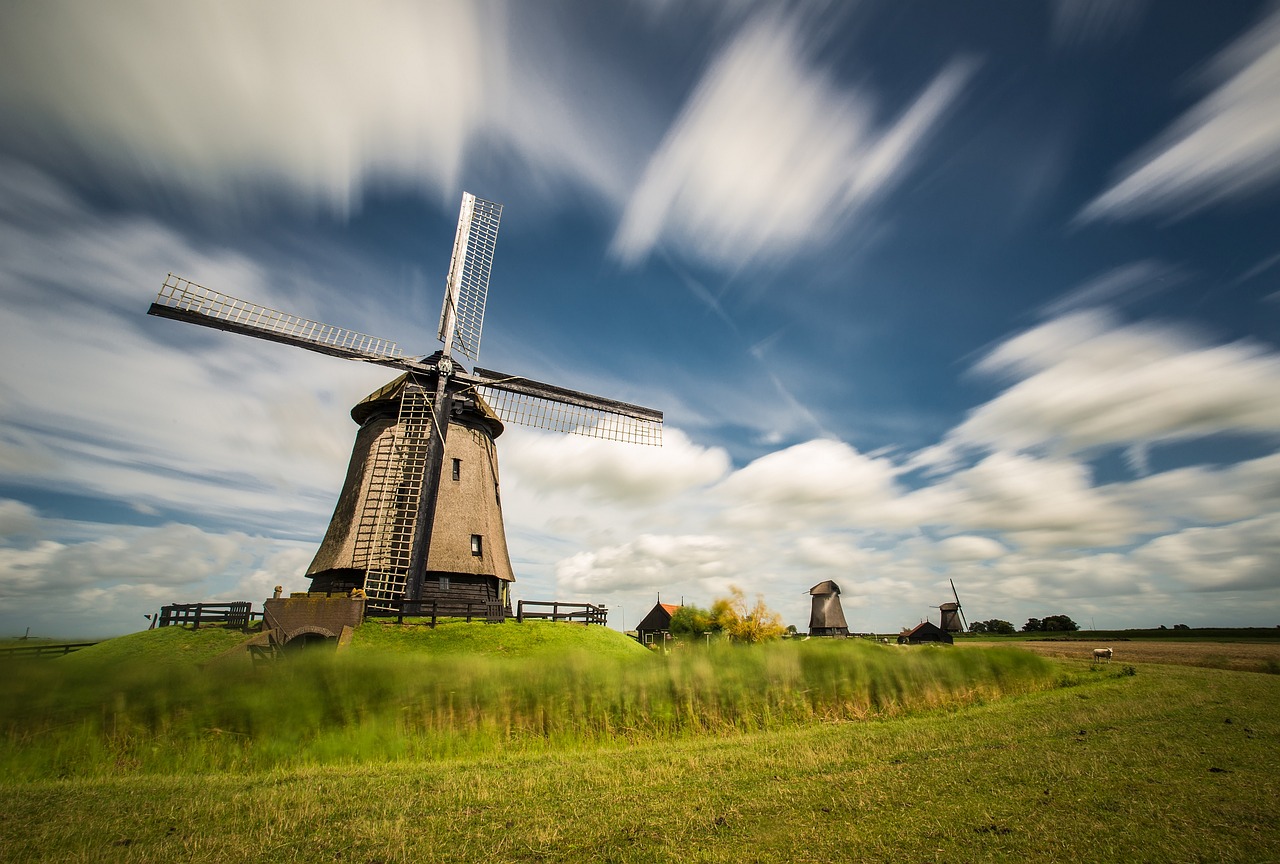
Useful Netherlands Posts
Suggested Itineraries
First Timers One Month Europe Itinerary
Things to Do
Other Netherlands Travel Planning Resources
Here is a constantly growing collection of resources from around the web to help you plan your dream trip to The Netherlands.
- The official The Netherlands Tourism website is a great place to start planning your trip.
- The authority in all things travel, Lonely Planet has an extensive section all about The Netherlands. Or why not buy the The Netherlands Lonely Planet Guidebook in hard copy or as an eBook.
- Rachel lives in The Netherlands and not only loves to travel the world, but also loves to explore her home country whenever she can. Check out her blog Rachel’s Ruminations.
- Elizabeth and her family moved from the US to The Netherlands and have written a lot about their family adventures in their new home country on their blog Dutch Dutch Goose.
